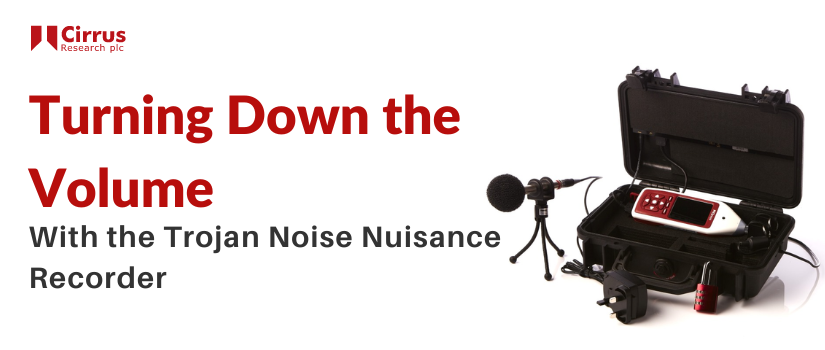Your sound level meter is a precision instrument and as long as it’s not damaged or misused and is calibrated regularly, it will give you accurate noise measurements for many years.
One of the questions that we get asked regularly is why, when a noise measurement is repeated, that the levels recorded can be different.
1. No windshield was used on the Sound Level Meter
A windshield should be used to protect the microphone from damage and also to reduce the effects of wind. If you’ve not used a windshield, are you sure that the measurements have not been adversely affected by wind noise?
2. Were the measurements made with the sound level meter in the same orientation and position relative to the noise being measured?
Sound can propagate differently at different frequencies and so if you’ve not in the same position or the meter is not in the same orientation, this can make minor differences.
3. The microphone has been damaged or is loose
The microphone capsule on your sound level meter is delicate and damage to it can cause significant errors in measurements. Ensure that you have calibrated your instrument before use and this can help to identify problems with the microphone.
4. Different surface covering from when the last measurement was taken: e.g.
a. If you are measuring inside, have any absorbent or reflective materials been added or removed?
b. If you are measuring noise outdoors, are there any significant differences in the ground covering, for example has the grass grown or has it been covered with gravel
5. Has the environment surrounding the measurement location changed. For example:
a. Have other machines been switched on or off?
b. Have any external noise sources such as roads or other buildings with audible noise sources been built nearby?
c. Are there leaves on trees? If measurements were made in spring with leaves rustling and then in autumn, this can affect noise measurements!
6.Is the noise source running at the same speed?
For example, maintenance on a machine may have increased or reduced the running speed and this can generate different noise levels.
7.If you are measuring a machine which is processing or manipulating materials, is the material the same as last time? For example,
a. Measuring noise during piling will vary depending on the type of ground
b. The noise from a milling machine will vary depending on the material being worked on
8.What is the condition of the noise source?
Poorly maintained machinery can often usually be louder
9.Radios
Many workplaces have radios playing in the background. Are these louder or quieter than before?
10.Over what period were the measurements made?
The length of time over which measurement was made should always be representational. In the case of occupational noise measurement sample, a 2 minute measurements will possibly vary from a 5 minute measurement.



